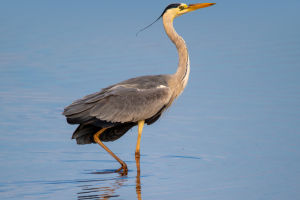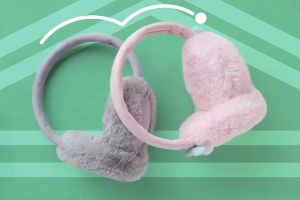The bristles of the brush have different material compositions, the most common are the following.
1. Mink or badger hair oil painting brush: belongs to the senior oil painting brush, soft and hard, softer and more even when coloring, no brush marks, suitable for the picture of the fine detail carving. Squirrel hair and monkey hair oil painting brush also belong to the soft hair brush.
Cow hair and camel hair brushes: belong to soft hair oil painting brushes, mostly used for covering color.
2. Artificial hair oil painting brushes: with the characteristics of mink hair, badger hair, and other advanced oil painting brushes. Artificial hair can be made into different shapes of oil painting brushes, this kind of brush can soften the local color, but also can carry out detailed carving. However, it cannot be soaked in water, and its hairs are easily deformed in water.
The cleaning of the brush is very important, improper cleaning is likely to damage the brush, so the cleaning process requires attention to the following points.
1. First wipe off the excess pigment on the oil brush or brush
First, submerge the brush in water and wipe off the excess paint on the brush along the wall of the basin. Do not worry about cleaning the pedestal basin, on the porcelain, you can wipe it off with a wet rag, very convenient.
As for the water temperature, if you have the conditions, use warm water, cold water is perfectly fine, never use hot water, as it will destroy the bristles.
2. Use laundry soap to remove the paint from the oil brush
The brush will be repeatedly painted back and forth on the laundry soap, like painting on the laundry soap, front and back to the brush, not long after you can see the oil paint on the brush gradually transferred to the laundry soap up.
3. Rubbing the bristles with your hands
You have to rub the bristles with your hands repeatedly to get rid of the stubborn stains on the brushes. This is a very crucial step. Remember to rub left and right, and gently poke the bristles, the middle part of the bristles should also be able to clean.
Then wash with water, and then repeatedly brush on the laundry soap, and then rub by hand, and then wash with water, so that the process is repeated several times, in order to wash the brush clean.
4. Wash the pen bar
The pen part is also coated with some laundry soap, and then rubbed back and forth with your hands, and then rinsed off with water can be.
5. Dry it slightly with a dry rag and then dry it naturally
Use a dry cloth to dry the brush head and pencil slightly, and then put it in the pen barrel to dry naturally. When you dry the brush head, just press the dry rag on the brush head twice, no need to rub it repeatedly to avoid affecting the bristles.
There are several types of watercolor brushes with the following tip shapes:
1. Round-tip brush: the most practical and commonly used, the most used type
2. Flat-tipped brush: can draw special brush strokes, more commonly used when painting water surface
3. Blade brush: used to draw special strokes, such as tree branches
4. Fan-shaped brush: used to draw special strokes, you can make a very soft transition effect


